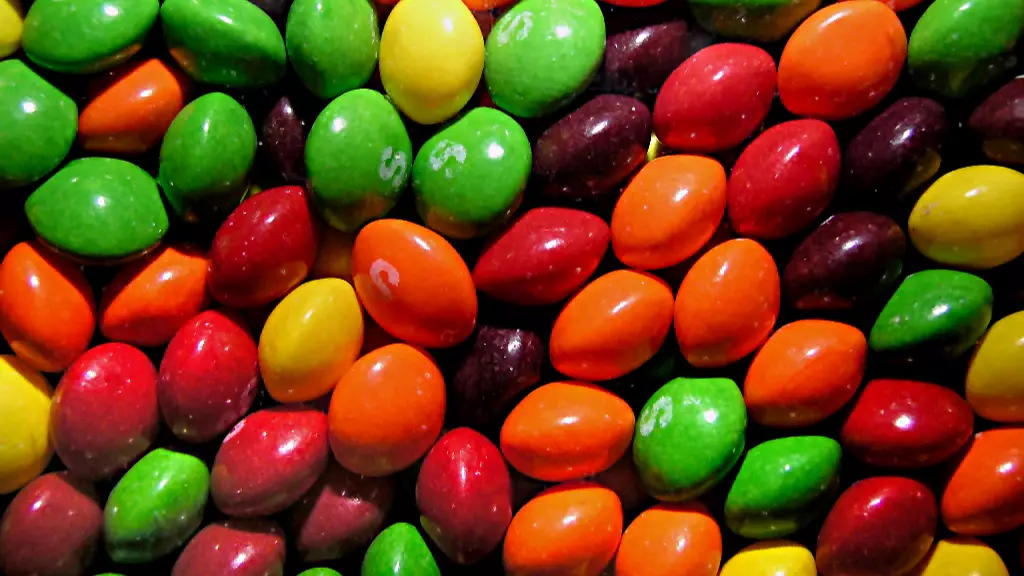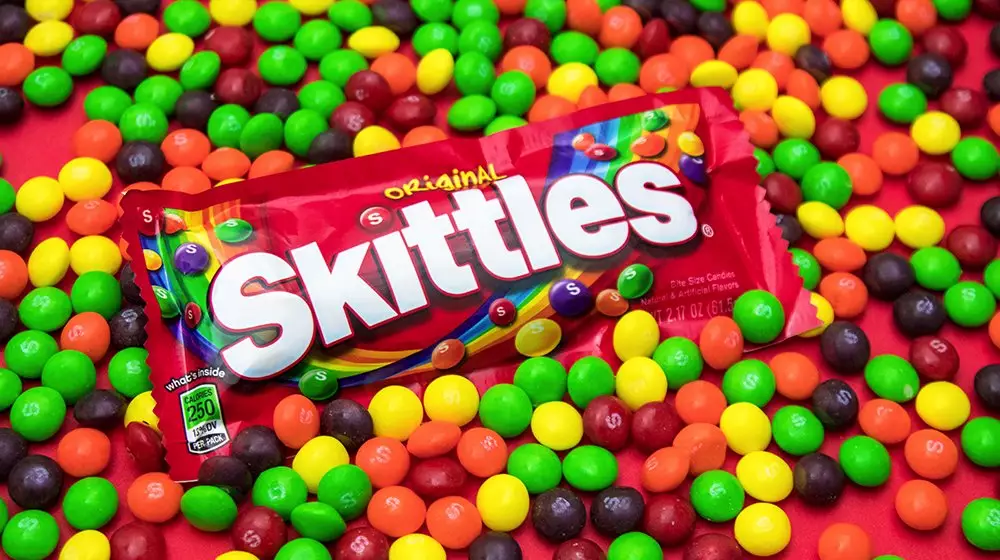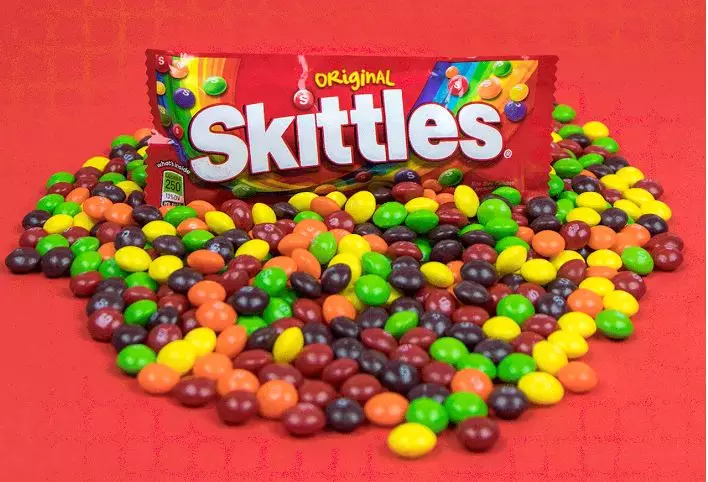
Now, everyone knows that the best tasting Skittle is the red one. This is a fact, in much the same way that the sky is blue, grass is green (like green Skittles) and the second season of True Detective was a shadow of the first.
Green is my favourite colour. I have it on my clothes, my lanterns, my water bottle, my broccoli... damn, I even have it in my fingers. But when it comes to Skittles, I'll be the first to tell you that the red ones are far and away the best.
Advert
However, according to a report in a journal called BioMed Central entitled On the Psychological Impact of Food Colour, all of the above may be utter bollocks.

"Colour is the single most important product-intrinsic sensory cue when it comes to setting people's expectations regarding the likely taste and flavour of food and drink," the report says.
"Food colours can have rather different meanings and hence give rise to differing expectations, in different age groups, not to mention in different cultures."
Advert
Essentially, when it comes to food, we have certain psychological expectations, and though the phenomenon is still being investigated, it seems clear our 'taste perception' is influenced by psychological rather than taste bud factors.
I do hope it is clear at this stage that I am not a scientist. I got C's in GCSE biology, chemistry and physics and I was delighted.
In a recent NPR article, staffers conducted a blind taste due to having nothing better to do. They also consulted someone who had spent a great deal of time studying the ins and outs of food colouring: Don Katz, a neuropsychologist at Brandeis University, who did his own blind test with college students.

Advert
"While I wouldn't say they went to chance, their ability to tell which was which got really subpar all of the sudden," he told NPR. "The orange beverage tasted orange [to them]. The yellow beverage tasted like lemonade. There wasn't a thing they could do about it."
Basically, the brain is tricking what the mouth is feeling.
After Munchies published an article on the matter which revealed the truth behind food colouring (i.e. it has no taste), Twitter users reacted with the kind of dogmatic refutation usually reserved for political debates and football matches.
"Oh sure, I bet you want me to believe green and blue M&Ms taste the same too, ya bunch of wackadoos," wrote one user.
Advert
A second tweeted: "Then why do the red ones taste the best? Dumb" (that's right, you tell those scientists).
However, the existential crisis at the centre of this whole study became clear as a third Twitter user simply posted: "WHHHHY".
'Taste the rainbow' feels like a very confusing instruction now, doesn't it?
Featured Image Credit: PiccoloNamek (Wikimedia Commons)